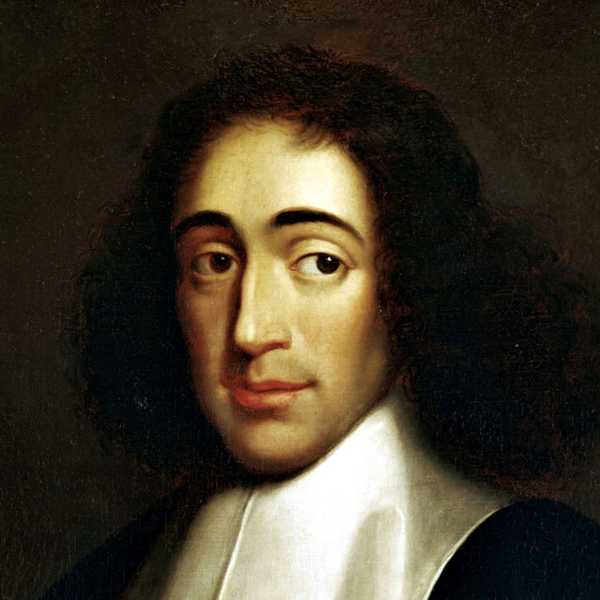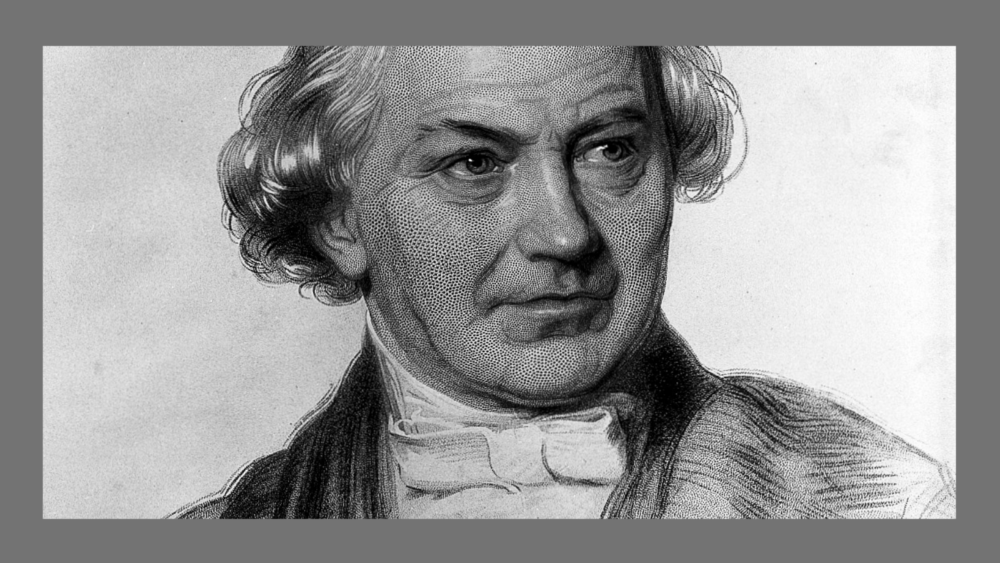
After earning a Ph.D. in the history of science from the University of Oklahoma, Mike Keas won research grants from such organizations as the National Science Foundation and the American Council of Learned Societies. He experienced some of the last historic moments behind the Berlin Wall as a Fulbright scholar in East Germany. Keas serves as lecturer in the history and philosophy of science at Biola University and on the board of directors of Ratio Christi, an alliance of apologetics clubs on college campuses. He has written numerous articles, including “Systematizing the Theoretical Virtues” in the top-tier philosophy journal Synthese. This essay analyzes twelve traits of reputable theories, and has generated dialogue across many fields. With a quarter-century of experience teaching science and its history to college students, Keas is qualified to lay out the facts to show how far the conventional wisdom about science and religion departs from reality. He has done so in the ISI book Unbelievable: 7 Myths about the History and Future of Science and Religion.
Archives


William Whewell: Statesman of Science

When Natural and Super-Natural Explanations Work Hand in Hand

When Natural and Super-Natural Explanations Work Hand in Hand

Puncturing the Science-Faith Warfare Myth

Puncturing the Science-Faith Warfare Myth
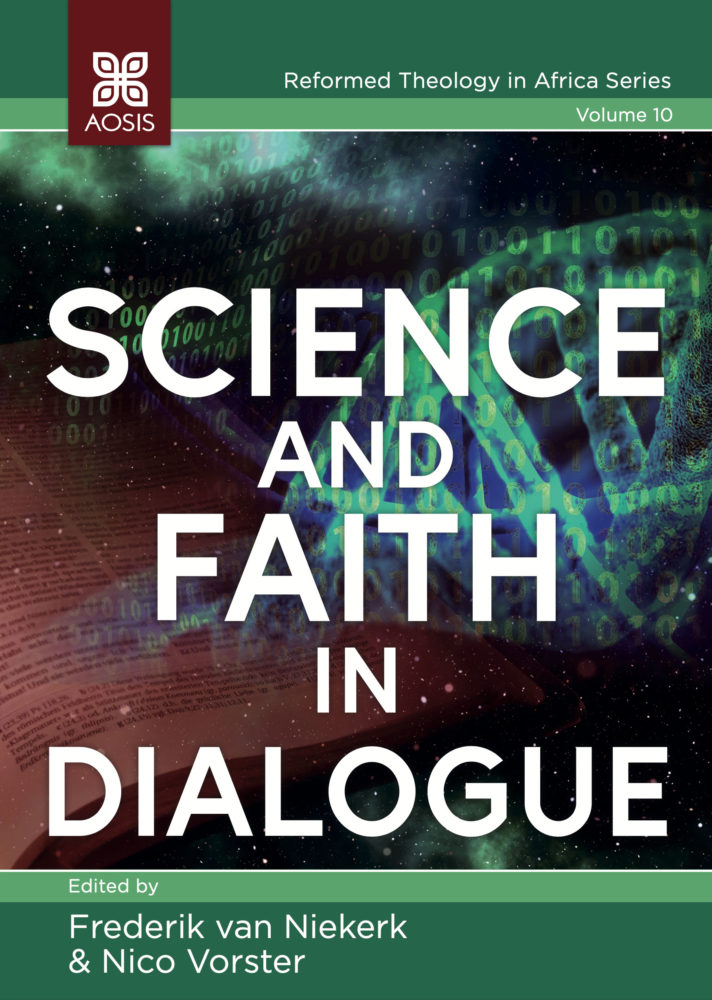
Science and Faith in Dialogue
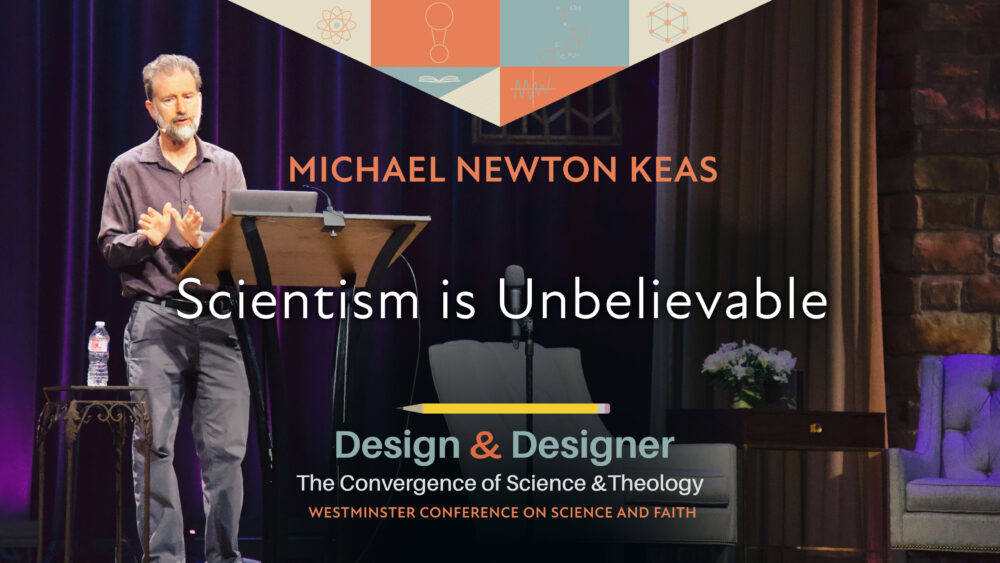
Scientism Is Unbelievable
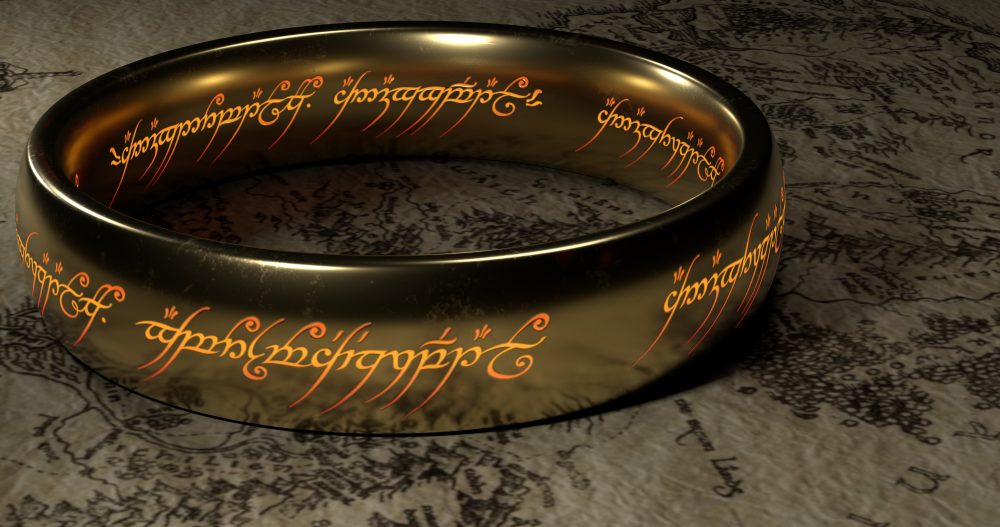
The Gollum Effect in Science, from Tycho Brahe to Today

The Gollum Effect in Science, from Tycho Brahe to Today
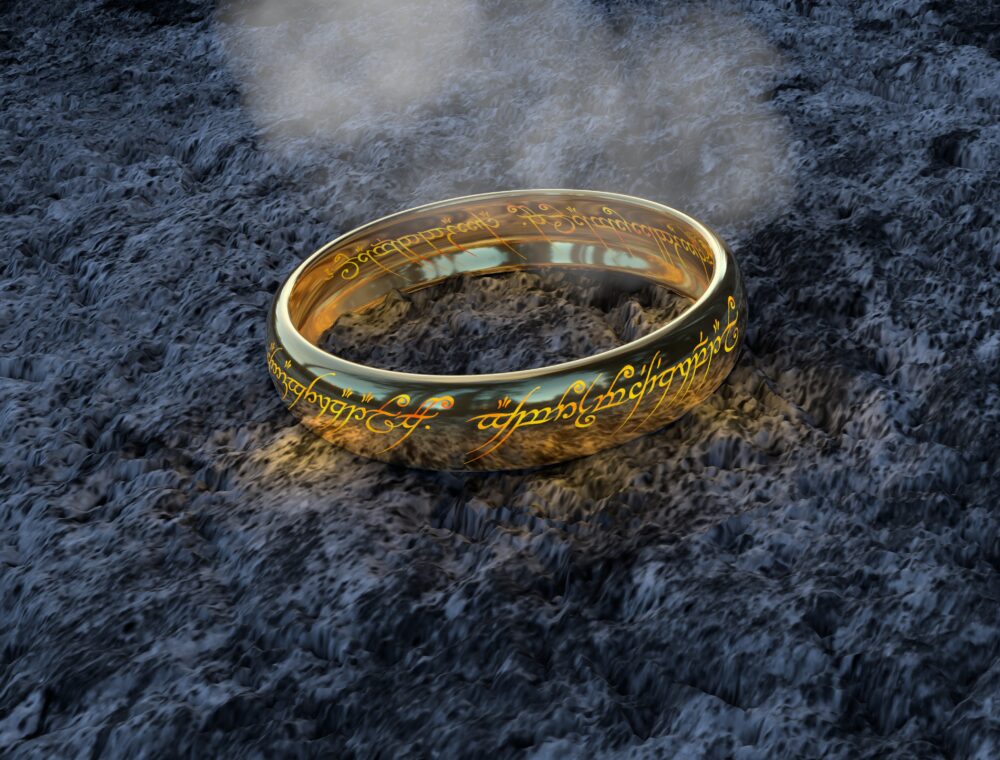
The Gollum Effect in Science, from Tycho Brahe to Today
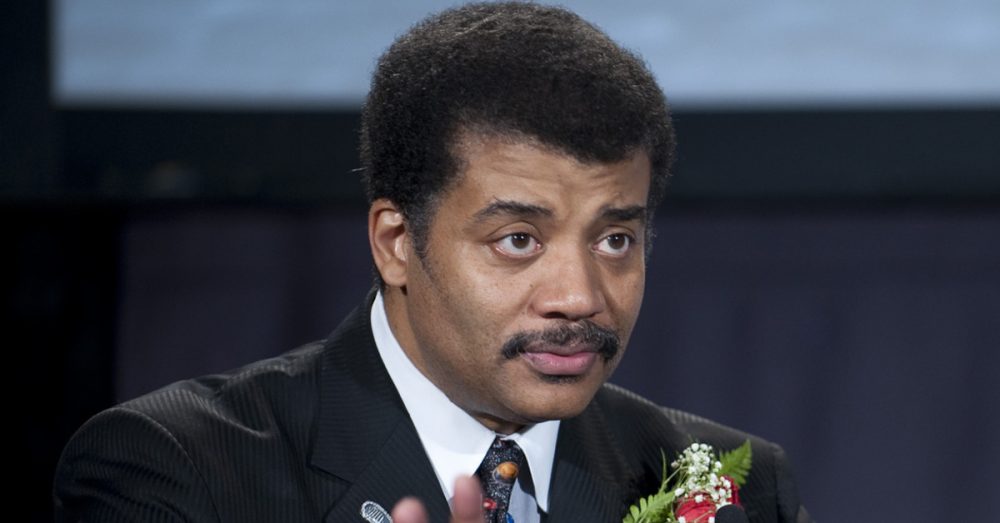
The Schizophrenic Mythology of Cosmos: Possible Worlds

The Schizophrenic Mythology of Cosmos: Possible Worlds
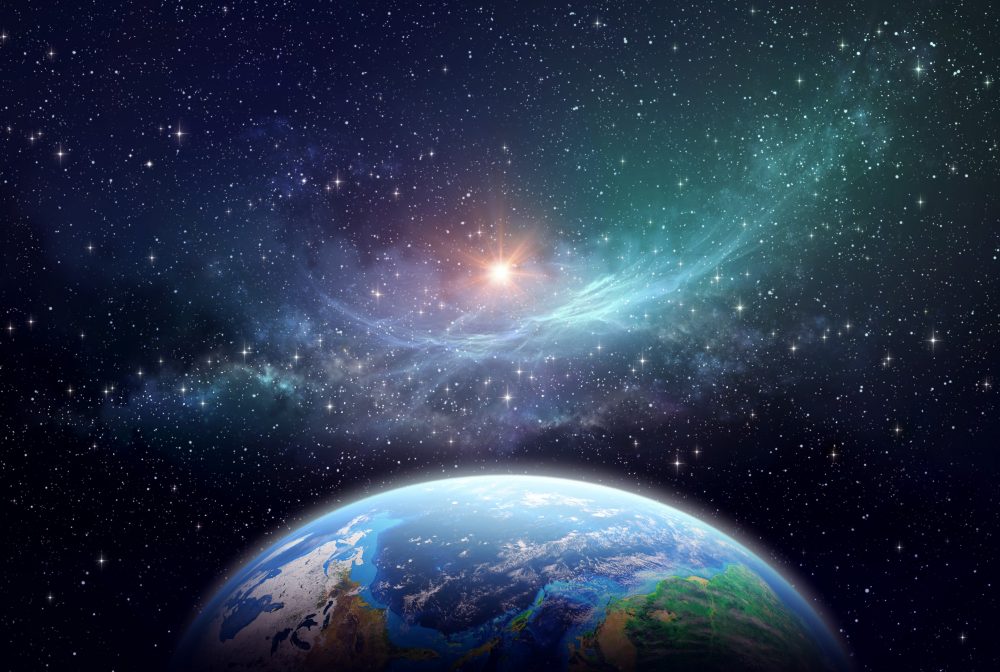
Cosmos: Possible Worlds and the Copernican Demotion Myth

Cosmos: Possible Worlds and the Copernican Demotion Myth
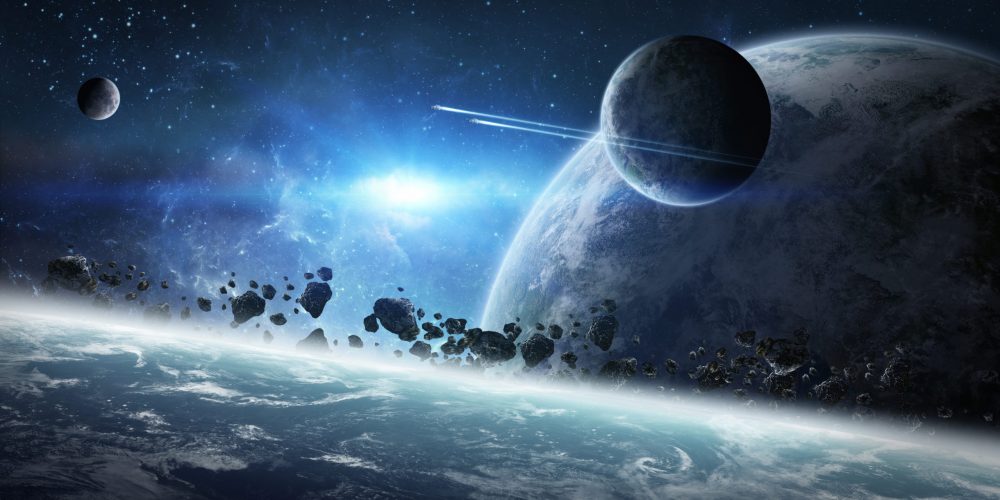
Cosmos: Possible Worlds’ Religious Mythology

Cosmos: Possible Worlds’ Religious Mythology
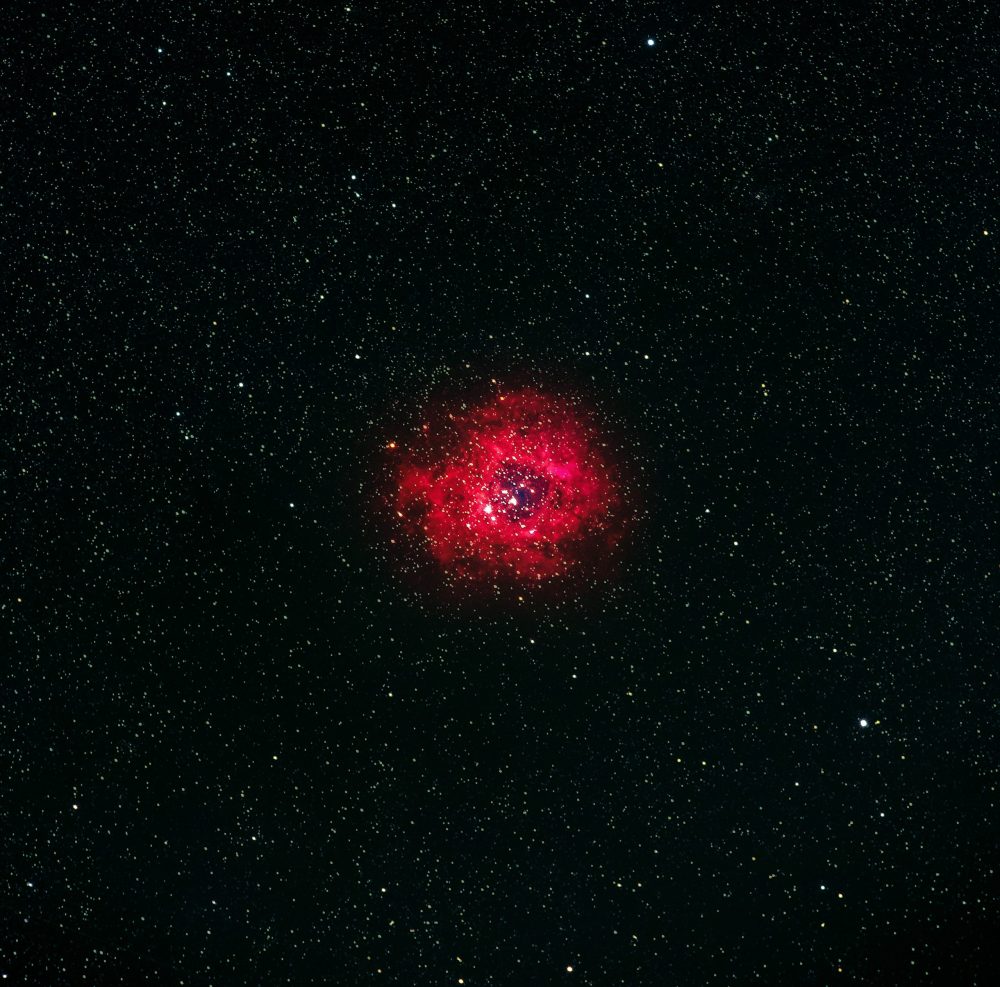
Cosmos: Possible Worlds’ ‘Most Plausible’ Creation Myths

Cosmos: Possible Worlds’ ‘Most Plausible’ Creation Myths
